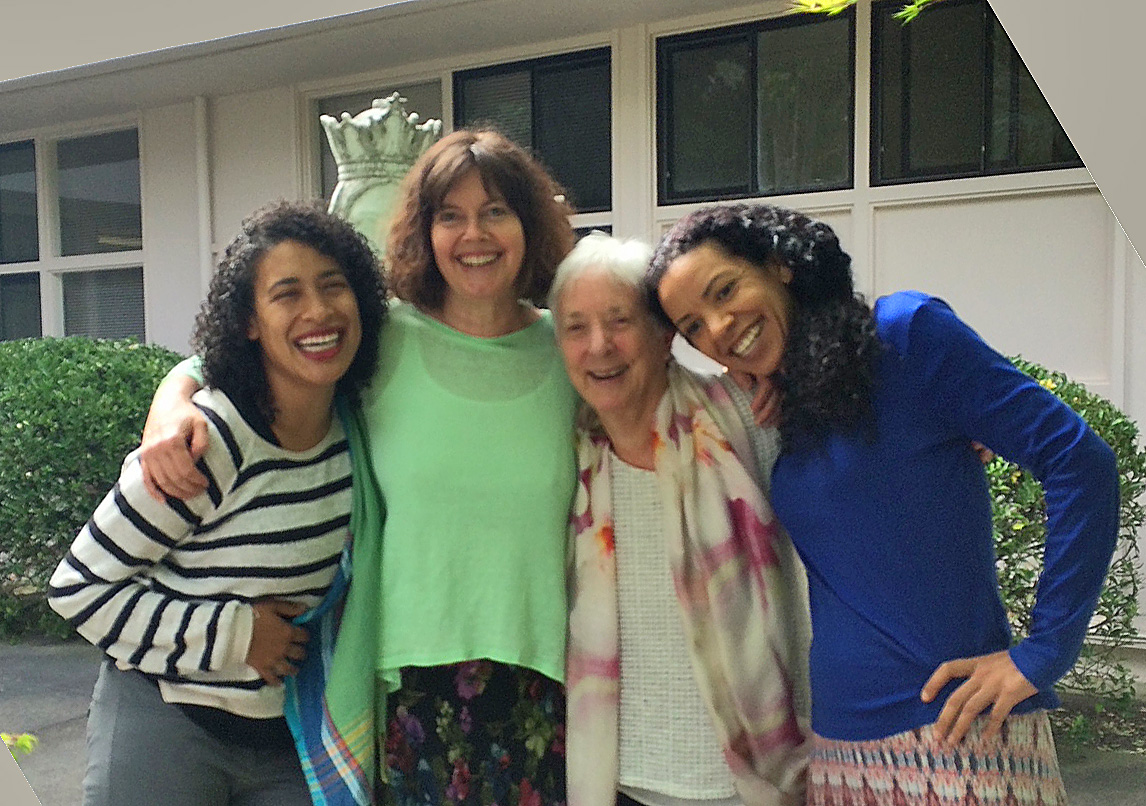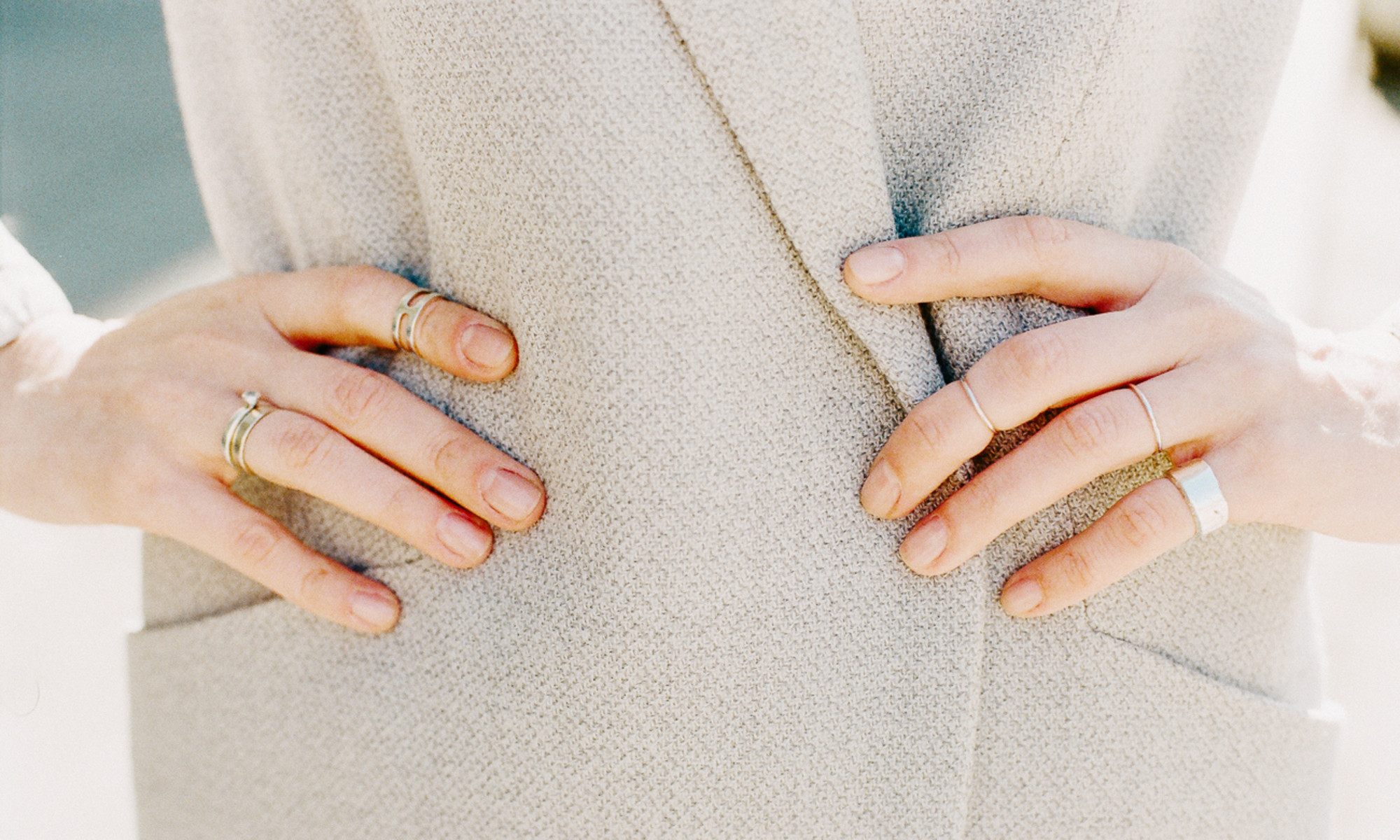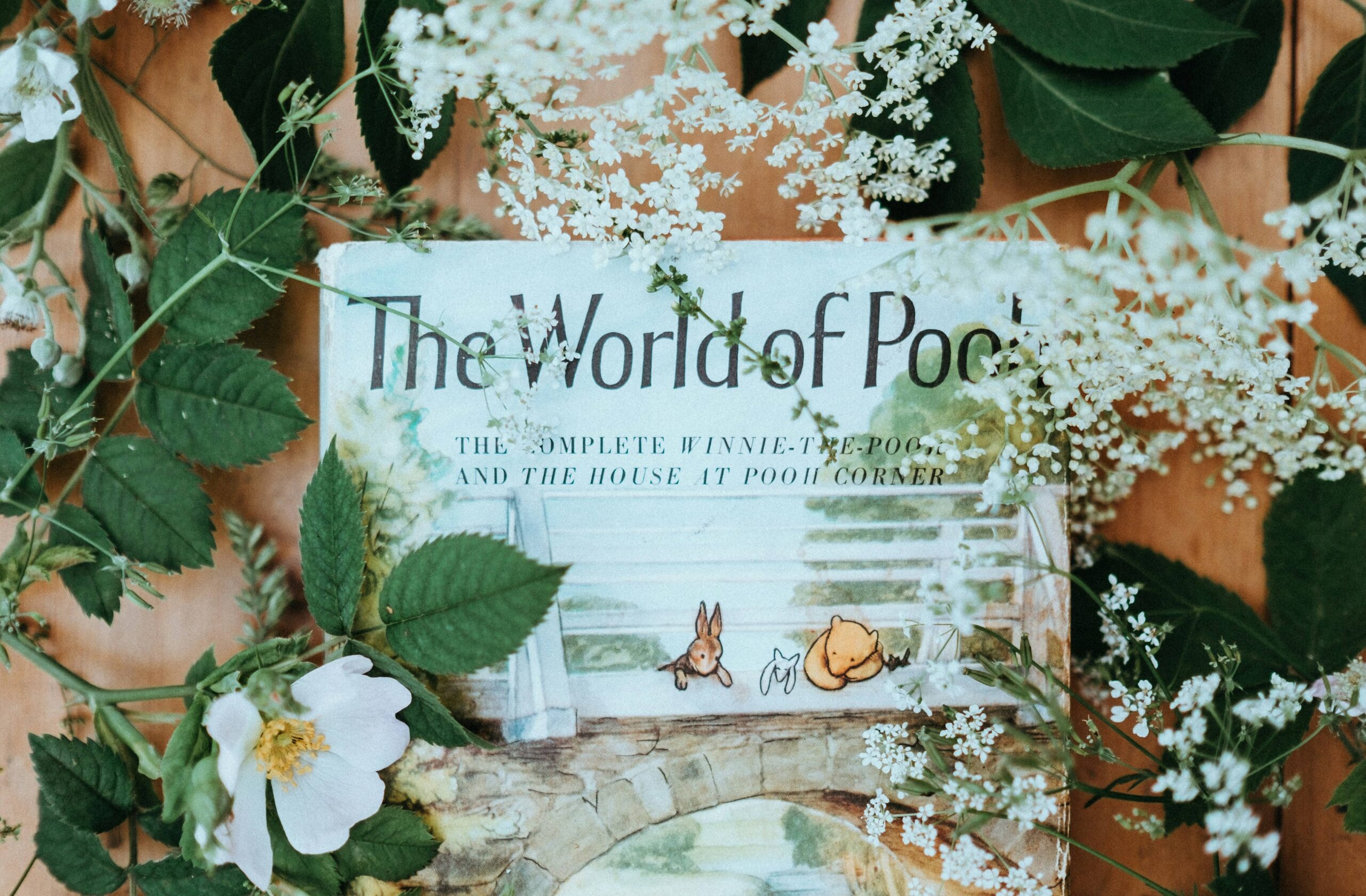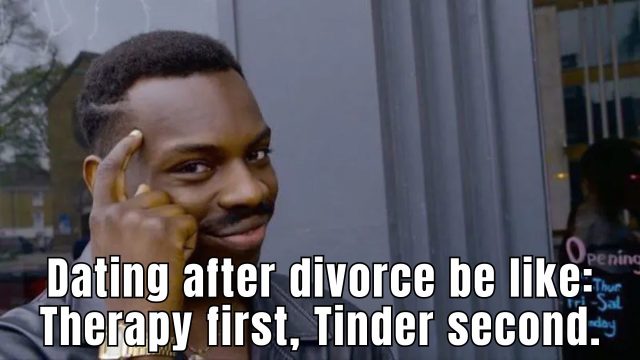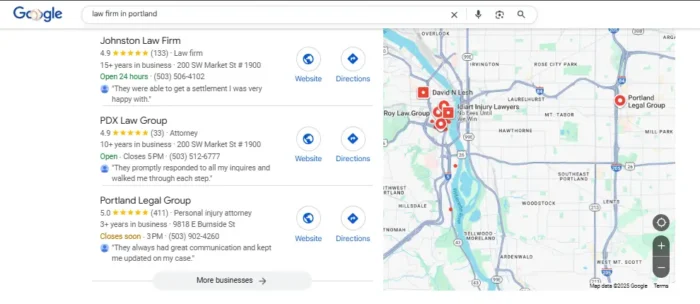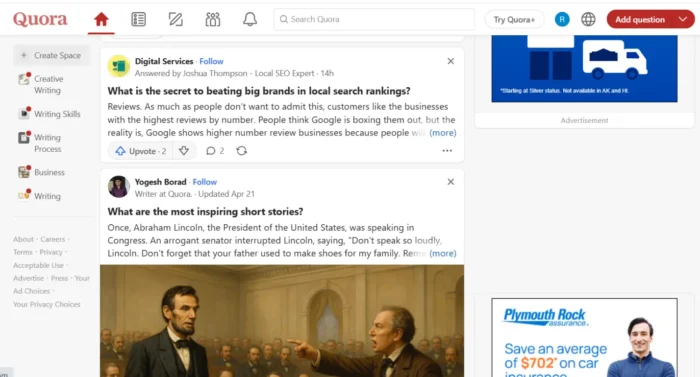Trichotillomania to Triumph: How I Found Acceptance and Freedom
“Your either like me or you don’t. It took me twenty-something years to learn how to love myself. I don’t have that kinda time to convince somebody else.” ~Daniel Franzese Everyone has a bad habit or two, right? Whether...


“Your either like me or you don’t. It took me twenty-something years to learn how to love myself. I don’t have that kinda time to convince somebody else.” ~Daniel Franzese
Everyone has a bad habit or two, right? Whether it’s a major vice or a minor annoyance, we all feel the discomfort of at least some behaviors we would rather not have.
You know, like nail biting, hair twirling, procrastination, having a car that doubles as a convenient trash receptacle…
I’ve been guilty of all the above at one point or another in my life, but the one that has had the biggest impact on me is trichotillomania, or hair pulling.
If you’re not familiar with it, “trich” is a condition akin to OCD (but not actually a type of OCD, as it is often mistaken for) in which people experience difficult-to-control urges to pull their hair out.
Cases vary from mild to severe, and some pullers are able to manage their urges with strategies and coping tools so that their hair loss can go undetected by the casual observer. However, other sufferers are so afflicted by it that they end up missing entire rows of eyelashes or eyebrows or even become completely bald as a result.
Chances are you know someone with this condition, although you may be unaware of it because so many people suffer in shame and silence. Estimated rates of trich in the US are about 1-4% of the population (although the actual number is probably much higher due to underreporting), making it about as common as having red hair.
No one knew I was pulling my hair out for twenty years.
I was twelve years old (trich commonly starts in adolescence) when my mom noticed that I had a couple of bald spots on my head. I honestly didn’t know the damage I was doing at first. Sure, I knew I played with my hair a lot and sometimes pulled it out, but surely, I wasn’t doing it enough to cause bald spots, right?? It was unclear, so I kept quiet as she made an appointment for me to see the doctor about it.
When the first treatment for a fungal infection of the scalp didn’t yield improvement, the next step was to see a dermatologist. By that time, I knew I was the one causing my hair loss, but my shame and confusion kept me from speaking up about it. I didn’t understand why I couldn’t stop.
The dermatologist ran some tests, including a biopsy, and diagnosed me with alopecia areata, a medical condition resulting in hair loss. Conveniently for me, around the same time, my grandpa developed (a real case of) alopecia areata. And when we were informed that it was a genetic condition, no one really questioned it for me.
As a teen, it required much effort to style my hair to hide my bald spots, and from time to time I had to clean up my secret pile of hair between my bed and the wall, but mostly I went on to live a normal life. I found out in my mid-teens, while reading an article in the teen magazine Cosmogirl, that what I did had a name—a complicated one that I wouldn’t be able to remember for years, but it was my first inkling that I was maybe not alone in my weird compulsion.
I graduated high school, got my associate’s degree, then got married and had kids. I was incredibly embarrassed about my missing hair, but when it couldn’t be concealed, I relied on the medical condition as my trusted excuse, even to my husband.
I was thirty-two years old and working toward my master’s degree when I sat down in an on-campus therapist’s office and opened up for the first time ever about my hair pulling. The eight-mile distance between home and school, plus the promised confidentiality of therapy helped ease my fears that others would find out just enough for me to go through with it.
He was a new therapist, still in training. After I disclosed my humiliating habit, I remember he asked me, “Why are you shaking?”
“Because I’ve never told anyone this before.”
As I answered, I could see the surprise on his face. “You’ve never told anyone?”
I saw him one more time before he completed his training and transferred me to another, more experienced, therapist. Now two people knew my life-long secret. It’s no exaggeration to say that this new therapist guided me to life-changing insights, but he still knew nothing about how to treat trichotillomania. “Let’s focus on all the other stuff first,” he redirected.
A few months later, I collected enough courage to share my problem again with a close friend whose daughter had OCD. She felt safe because I had heard her talk with such concern and care for her daughter. Afterwards, I asked her, “Do you think I’m crazy?”
Not long after, I disclosed my hair pulling to my husband, and he responded with what I now call “pseudo-support.” He wanted me to be helped, but only if he could be my savior. He was okay with me telling a couple of people in his family, but no one else.
I had learned about a national conference hosted by an organization called TLC for people who pulled their hair or picked their skin, and I wanted to go. My husband agreed that it might be helpful but didn’t think I was capable of making the trip by myself (because I would almost certainly get lost in the airport or encounter some other tragic mishap), so he offered to come along.
I attended the conference alone after I moved out and filed for divorce.
What I experienced at the conference was incredible. I was surrounded by hundreds of people, knowing that I wasn’t being judged and learning more about trich in these few days than I had been able to in the years prior.
At dinner that evening, I sat at a large round table for eight, chatting about our experience with hair-pulling and skin-picking. For the first time, I talked about my hair pulling as freely as I would have said what city I had flown in from. The experience was liberating, and I could feel the shame slowly starting to melt away.
Gradually, I shared my trich with an ever-growing list of people, each time feeling a little less worried about their reaction. I began to weave it into casual conversations rather than treating it as a huge burden for me to offload.
When I started dating again, I decided to tell men up front to help “weed out” anyone who had a problem with it. By then, I was cautiously optimistic that I might be worthy of acceptance, and anyone who responded with judgment wasn’t a good fit for me.
Surprisingly, as I continued to speak up, I found that the information was generally well-received. Some people shared that they also had trich or knew someone who did. Others were curious and asked questions to understand it better. In other situations, the conversation just moved along naturally.
Of course, there were occasional encounters where I felt awkward or misunderstood, but I kept moving forward in my quest to be seen. Over time, I realized that I had been hanging on to my secret for so long based on inaccurate assumptions that others would not accept me if they knew… but I was proving myself wrong with every new person I opened up to.
Today, I’ve found that wigs are the perfect solution for me, and as many other wig-wearers have experienced, they’ve become a fun hobby. Wigs keep my hands from stealthily navigating to my hair to pull, and even when I do play with my (purchased) hair, the sensation stays in my hands rather than tracking to my scalp to initiate an urge. I’ve also noticed that the slight pressure on my head from the wigs significantly reduces my urges to pull.
When someone compliments my hair, I’m very open about my wigs, and when curious minds ask why, I confidently share that I have trich. I understand that I could hold a boundary and decline to provide an explanation, but I choose to take the opportunity to spread awareness.
It was not easy or comfortable transitioning through my paralyzing shame to radical self-acceptance, but it’s been well worth the journey. Through these experiences, I have a deeper understanding of shame, confidence, acceptance, and myself.
I’ve learned that shame is toxic and isolates us from truly meaningful connections. When we hold a part of ourselves back in our closest relationships, we tell ourselves that we aren’t good enough just as we are. This perpetuates the belief that we are broken or unworthy and can only be accepted if we portray an alternate version of ourselves to the world.
I’ve learned that when it comes to confidence, it’s best to start with a leap of faith, because waiting to feel confident first rarely works out. The transformation starts with us entertaining the idea that we might not be rejected if we share our true selves, then taking action to test it out.
I’ve learned that we are all worthy—just as we are, no modifications needed, no strings attached—and when I accept myself for who I am, others follow along. When I encounter someone who expects me to be fundamentally different to fit their own agenda, I choose to limit the energy I put into that relationship.
Most importantly, I’ve learned the power and freedom of being true to myself, and I won’t keep that a secret.
See a typo or inaccuracy? Please contact us so we can fix it!

 Tekef
Tekef 








